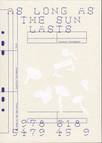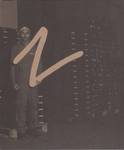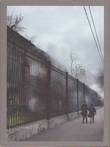Michael Danner - Critical Mass, Kehrer Verlag, 2013, Heidelberg

Michael Danner - Critical Mass (Front)

Michael Danner - Critical Mass (Spine)
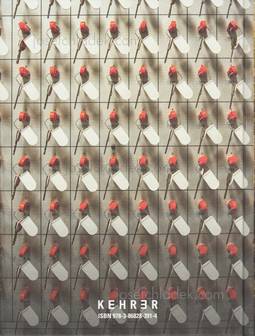
Michael Danner - Critical Mass (Back)
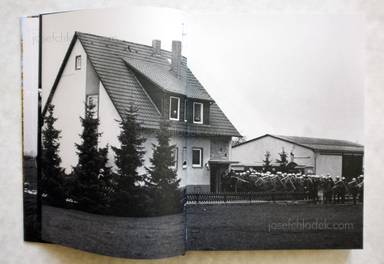
Sample page 1 for book " Michael Danner – Critical Mass", josefchladek.com
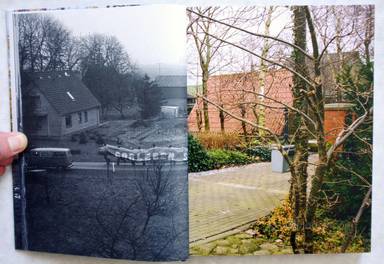
Sample page 2 for book " Michael Danner – Critical Mass", josefchladek.com
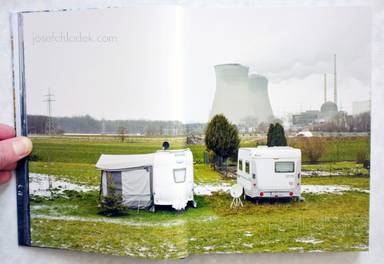
Sample page 3 for book " Michael Danner – Critical Mass", josefchladek.com
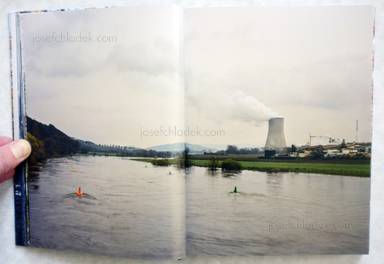
Sample page 4 for book " Michael Danner – Critical Mass", josefchladek.com
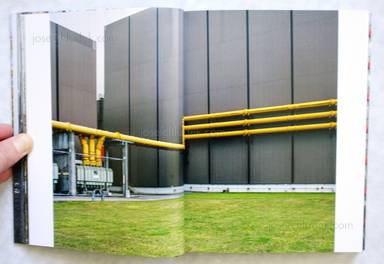
Sample page 5 for book " Michael Danner – Critical Mass", josefchladek.com
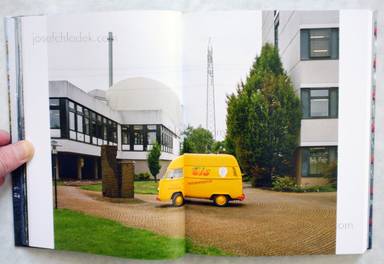
Sample page 6 for book " Michael Danner – Critical Mass", josefchladek.com

Sample page 7 for book " Michael Danner – Critical Mass", josefchladek.com

Sample page 8 for book " Michael Danner – Critical Mass", josefchladek.com
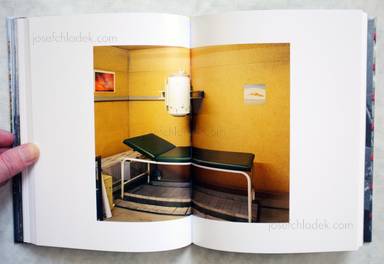
Sample page 9 for book " Michael Danner – Critical Mass", josefchladek.com
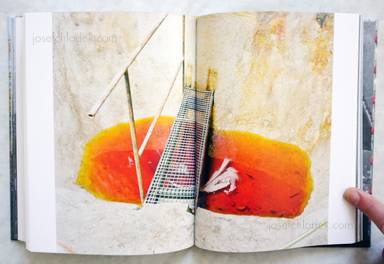
Sample page 10 for book " Michael Danner – Critical Mass", josefchladek.com
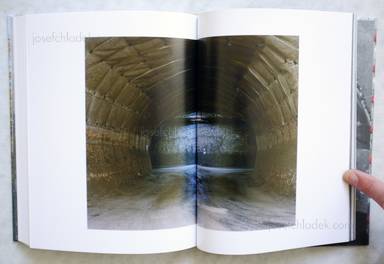
Sample page 11 for book " Michael Danner – Critical Mass", josefchladek.com
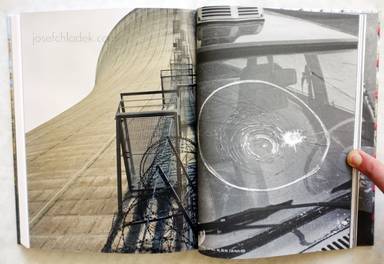
Sample page 12 for book " Michael Danner – Critical Mass", josefchladek.com
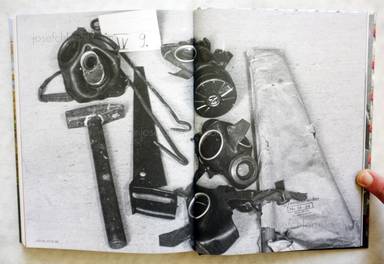
Sample page 13 for book " Michael Danner – Critical Mass", josefchladek.com
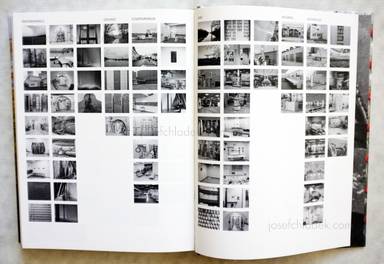
Sample page 14 for book " Michael Danner – Critical Mass", josefchladek.com
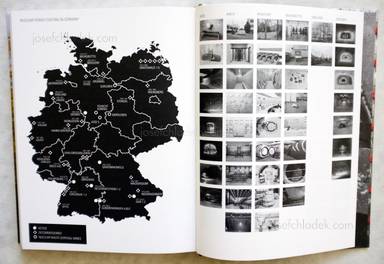
Sample page 15 for book " Michael Danner – Critical Mass", josefchladek.com
Other books tagged Germany (see all)









Other books tagged Protest (see all)









Other books tagged Nuclear plants (see all)



Other books by Kehrer Verlag (see all)






Books to shop at placartphoto.com
Photographer Michael Danner documents in his body of work Critical Mass the architecture, everyday routine, and security systems of all 17 German nuclear power plants, as well as the radioactive waste repository Asse II and the Gorleben exploratory mine. High hopes and deep skepticism have accompanied the use of nuclear power up to the present day. In the euphoric mood that prevailed in the 1950s, everything seemed possible; people took part in an unprecedented economic upswing and found nuclear energy to be a fascinating technology of the future. But in the 1980s the optimism of the years of boom gave way to a skepticism that was further fueled by the catastrophic nuclear accident in Chernobyl. Anti-nuclear activism has now shaped the political consciousness of a whole generation. And the disaster in Fukushima in 2011 heralded yet a new era in the debate – it seems that a nuclear phase-out in the medium-term is now inevitable. However, the issue of the final disposal of radioactive waste is still unresolved.
Danner’s pictures give us a rare glimpse behind the scenes of the power plants, showing areas that are normally off-limits. His series is accompanied by historical photographs and texts that document the planning and construction phases of the plants and visualize the social tensions. The layout of the book and the cut through the front cover refer to the interaction of the present time and the past and the conflict between nuclear power opponents and the authorities.
Hardcover, texts by Susanne Holschbach, with photographs by Günter Zint and the archive of the police department. Designed by Sybren Kuiper.
Pages: 288
Place: Heidelberg
Year: 2013
Publisher: Kehrer Verlag
Size: 17 x 23 cm (approx.)









